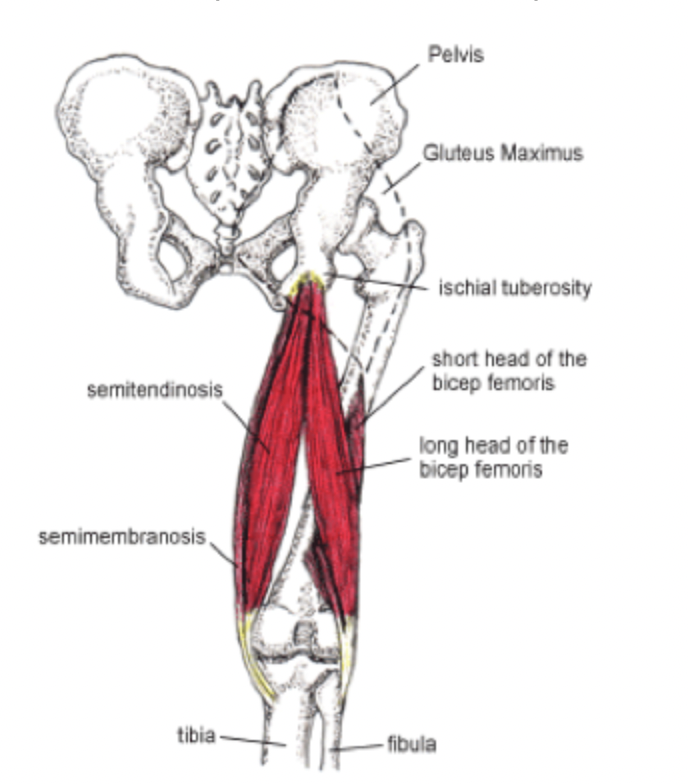Our "Achilles Heel": Why Does the Achilles Tendon Rupture?
- golabiromtin
- Jan 20
- 3 min read
Updated: Jun 23
By Romtin G.
There’s a reason we call our greatest vulnerability our “Achilles heel.” The Achilles tendon, despite being the strongest tendon in the human body, is also one of the most injury-prone, due to its lack of blood flow. But what happens when it snaps? Let’s investigate the anatomy, biology, and recovery behind an Achilles tendon rupture.
How Does an Achilles Tendon Rupture?
A rupture of this tendon typically occurs during activities that require rapid acceleration and deceleration, which can involve sprinting (a rapid push-off can overload the tendon), falling/misstepping, or jumping. Some other risk factors include age, a sedentary lifestyle, certain medications (corticosteroids), and chronic degeneration. Be careful of the last risk factor, as this can occur in microtears of the tendon due to overuse, and these microtears often present themselves as minor, dull pains in the heel. Make sure to contact your healthcare provider if you notice this, as it’s important to be your own advocate in the world of healthcare to get the treatment you need.

The Anatomy of an Achilles Tendon and Symptoms of Rupture
The Achilles tendon connects the powerful gastrocnemius and soleus muscles (together forming the calf) to the calcaneus (heel bone), and this tendon is crucial for plantarflexion—the tippy-toe movement that allows you to push off the ground when walking, running, or jumping. Its incredible strength allows it to bear 10 times body weight during intense physical activity, but its design does come with a trade-off. The Achilles tendon has a watershed zone (the part where it connects to the heel bone) with poor blood supply, making it particularly susceptible to wear and tear through overuse and aging. The tendon itself is primarily composed of type I collagen fibers (a type of protein that makes up 30% of your body’s total protein), which provide the tensile strength and flexibility necessary for your day-to-day activities. When the tendon experiences too much strain, the collagen fibers snap, often creating a gap in the tendon that you can feel, and inflammatory markers flood the area to cause pain and swelling. At the moment the tendon ruptures, you’ll most likely feel a sudden “pop” sensation in the back of the leg as if you were struck from behind, and it will also be very difficult if not impossible to walk on your tippy toes. One of the most common physical exams is the Thompson test – if the calf is squeezed and the foot fails to move, you’ve ruptured your tendon! Once you get to the hospital, an ultrasound or MRI can confirm the extent of the injury and guide treatment decisions.
Treatment, Healing, and Rehabilitation
For partial tears or for those with low physical activity levels, the best treatment is the most conservative one – immobilization in a cast or boot with the foot in plantarflexion. However, most cases require surgery, where the tendon ends are sutured together, sometimes with grafts from other tissues and tendons. Some new and emerging therapies are much less invasive – for example, platelet-rich plasma can be injected to simulate collagen synthesis and healing, and stem cell therapy is being explored for its regenerative potential.
Healing is typically divided into three phases: the inflammatory phase (days 0-7), the proliferative phase (weeks 1-6), and the remodeling phase (months 2-12). During the inflammatory phase, blood clots form and inflammatory cells clear damaged tissue, clearing the stage for the proliferative phase, where special cells called fibroblasts produce new collagen (initially weak type III collagen). Finally, in the remodeling phase, type III collagen is replaced with stronger type I collagen, and the fibers begin to realign along stress lines. During rehab/physical therapy, you’ll start with very slight motions and weight-bearing to stimulate collagen remodeling and prevent stiffness from scar tissue development. To prevent a re-rupture of the tendon, it’s best to continue doing exercises that strengthen the calf and surrounding muscles to offload stress from the tendon, even after you have fully recovered.
If you want to avoid going through this whole process, make sure you stretch and strengthen your muscles through gradual training, using proper footwear, and always listening to your body!
Sources:


